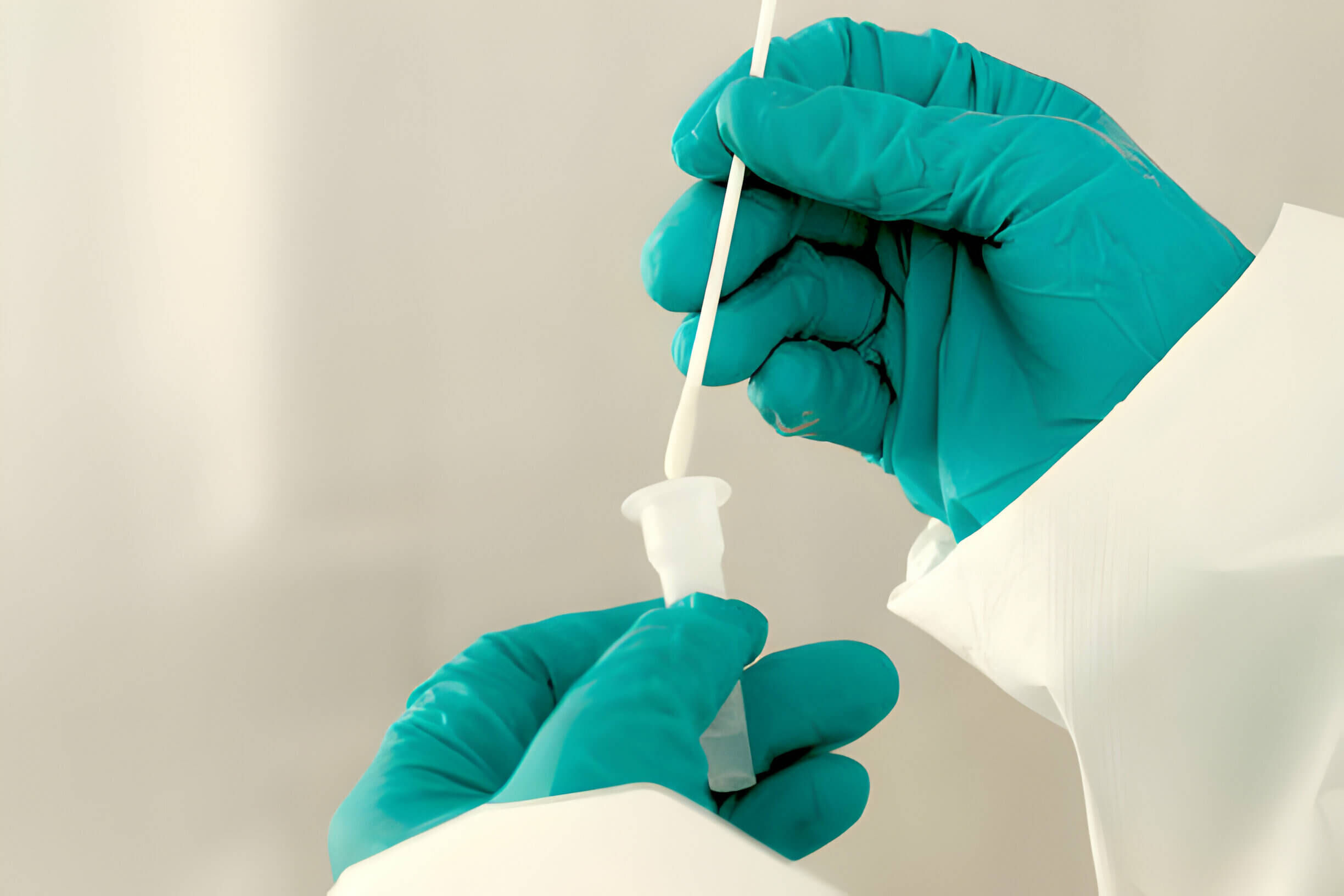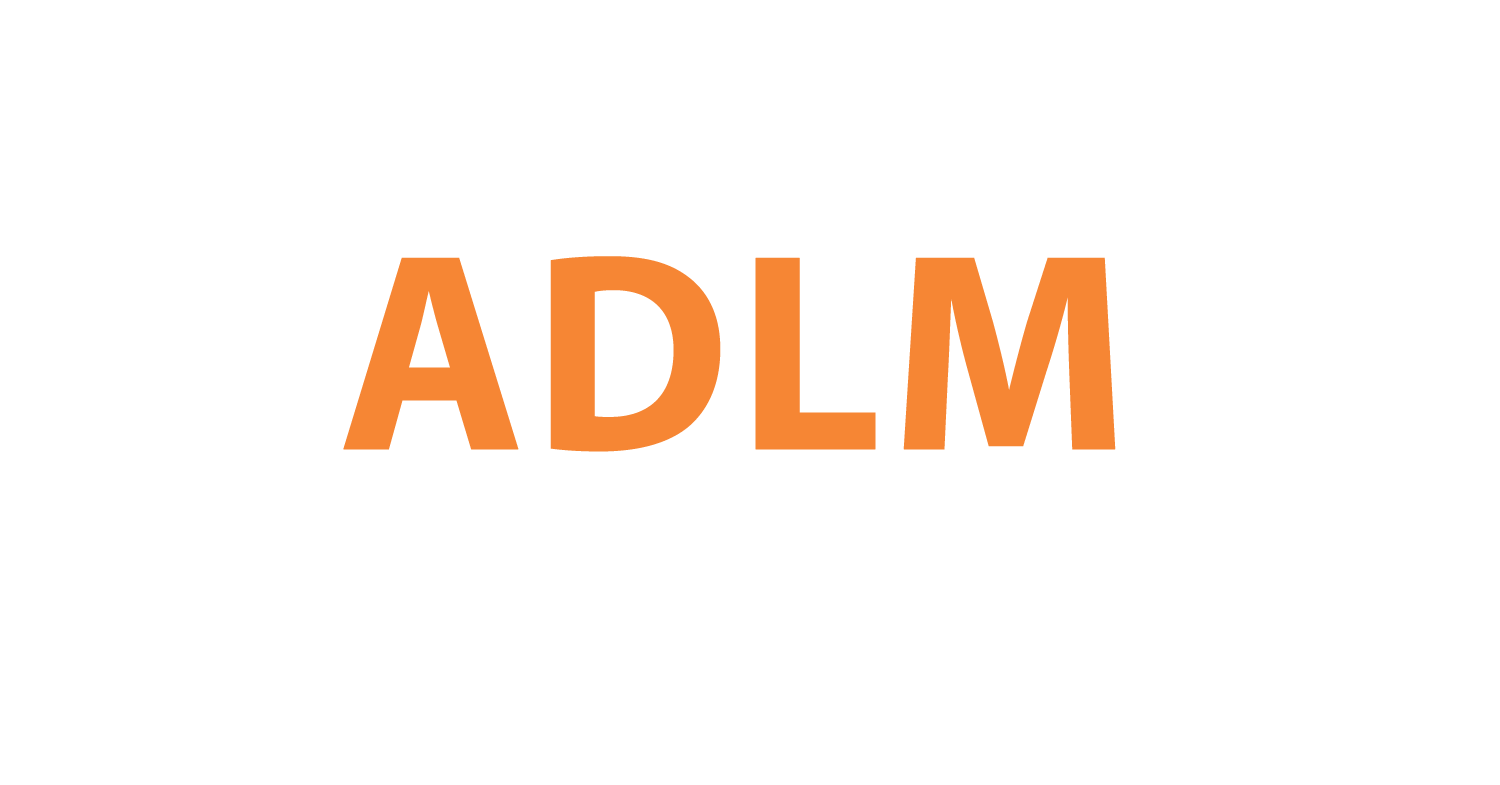Flocked vs Cotton : Which Swab is Better for Antibody Testing

Proper sample collection is vital for accurate diagnostics. Recently in China, updated African swine fever (ASF) guidelines recommended avoiding cotton swabs containing calcim alginates due to potential nucleic acid testing interference. Past analyses by Mantacc showed flocked nylon swabs optimize viral release and stability for PCR-based protocols. However, impact on serological antibody detection remains unclear.
Here we evaluate two common swab types - flocked vs cotton - across absorption capacity and antibody elution metrics to inform optimized sampling approaches:
Absorption
Greater absorption indicates efficiency extracting antibodies from specimens. Flocked and cotton swabs were soaked in ASF-positive serum. Absorption capacity was calculated after saturation.
|
Sample Carrier
|
Original Weight (g)
|
Weight After absorbing (g)
|
Net Absorption Weight (g)
|
|
Flocked swab-1
|
0.806
|
0.954
|
0.149
|
|
Flocked swab-2
|
0.838
|
0.944
|
0.105
|
|
Cotton swab-1
|
0.217
|
0.396
|
0.179
|
|
Cotton swab-2
|
0.239
|
0.410
|
0.170
|
Table 1: Comparison of water absorption between flocked and cotton swabs
Results: Cotton > Flocked
Discussion: The larger cotton tip size enables more uptake. Equivalent sized swabs should be compared. Still, these data reflect real-world variability in available products.
Antibody Elution
Efficient antibody release from swabs post-sampling enables maximal detection sensitivity. We examined elution with:
-
1. Fully soaked swabs
-
2. Fixed serum volumes
-
3. Transport conditions - wet (in media) vs dry
1) Fully Soaked Swabs
After saturating in serum, swabs were soaked in equal buffer volumes. ASF antibody sandwich ELISA then quantified release.
|
Sample Carrier
|
Antibody Titer
|
Results
|
|
Flocked swab
|
0.43
|
Positive
|
|
Cotton swab
|
0.26
|
Suspicious
|
Table 2: Antibody release situation under full saturation of flocked and cotton swabs.
Results: Flocked > Cotton
Discussion: Despite 1.3x higher absorption for cotton, flocked swabs demonstrate superior antibody elution even when fully saturated.
2) Fixed 100μL Serum Volumes
Equivalent serum volumes were spotted onto each swab type before immediate buffer soaking. ASF antibody levels were again measured via ELISA.
|
Sample Carrier
|
Antibody Titer
|
Results
|
|
Flocked swab
|
0.38
|
Positive
|
|
Cotton swab
|
0.32
|
Positive
|
Table 3: Antibody release situation with a fixed sample volume of flocked and cotton swabs
Results: Flocked ≥ Cotton
Discussion: While slightly better elution occurred from flocked swabs when fixed serum volumes were used, this may not reflect real-world transport. Thus, we next explored dry and wet shipping.
3) Wet Transport vs Dry Transport
Post-saturation, swabs were either:
-
✅Wet transported in buffer (3 hours)
-
✅Dry transported in empty tubes
|
Sample Carrier
|
Antibody Titer
|
Results
|
|
Flocked swab
|
1.65
|
Positive
|
|
Cotton swab
|
1.03
|
Positive
|
Table 4: Antibody release situation of flocked and cotton swabs under Wet Condition
|
Sample Carrier
|
Antibody Titer
|
Results
|
|
Flocked swab
|
1.45
|
Positive
|
|
Cotton swab
|
1.86
|
Positive
|
Table 5: Antibody release situation of flocked and cotton swabs under Dry Condition
Results: Wet transport - Flocked > Cotton | Dry transport - Cotton > Flocked
Discussion: Under wet conditions mimicking transport media, flocked swabs again released more antibodies. However, larger absorption for cotton swabs likely protected more antibodies during desiccating dry transport.
Antibody Stability Post-Desiccation
Fully soaked and 100 μL spotted swabs were air-dried for 48 hours then rehydrated in buffer. ELISA detection was compared to 100μL serum controls.
|
Sample Carrier
|
Antibody Titer
|
Results
|
|
Flocked swab
|
0.44
|
Positive
|
|
Cotton swab
|
0.17
|
Suspicious
|
|
100μL serum (control group)
|
0.43
|
Positive
|
Table 6: Antibody release situation of flocked and cotton fully soaked swabs after drying
|
Sample Carrier
|
Antibody Titer
|
Results
|
|
Flocked swab
|
0.45
|
Positive
|
|
Cotton swab
|
0.36
|
Suspicious
|
|
100μL serum (control group)
|
0.43
|
Positive
|
Table 7: Antibody release situation of flocked and cotton 100 μL spotted swabs after drying
Results: Flocked > Cotton
Discussion: Complete desiccation better preserved antibodies on flocked versus cotton swabs, even matching directly diluted recovery. Flocked swabs thus optimize sampling across transport methods.
In summary, flocked nylon swabs demonstrate favorable performance for antibody conservation during transport and elution. However, lower costs may still favor cotton swabs in some settings. Both remain viable clinical options for serological ASF testing.
Click to View → Mantacc Flocked Nasopharyngeal Swabs









